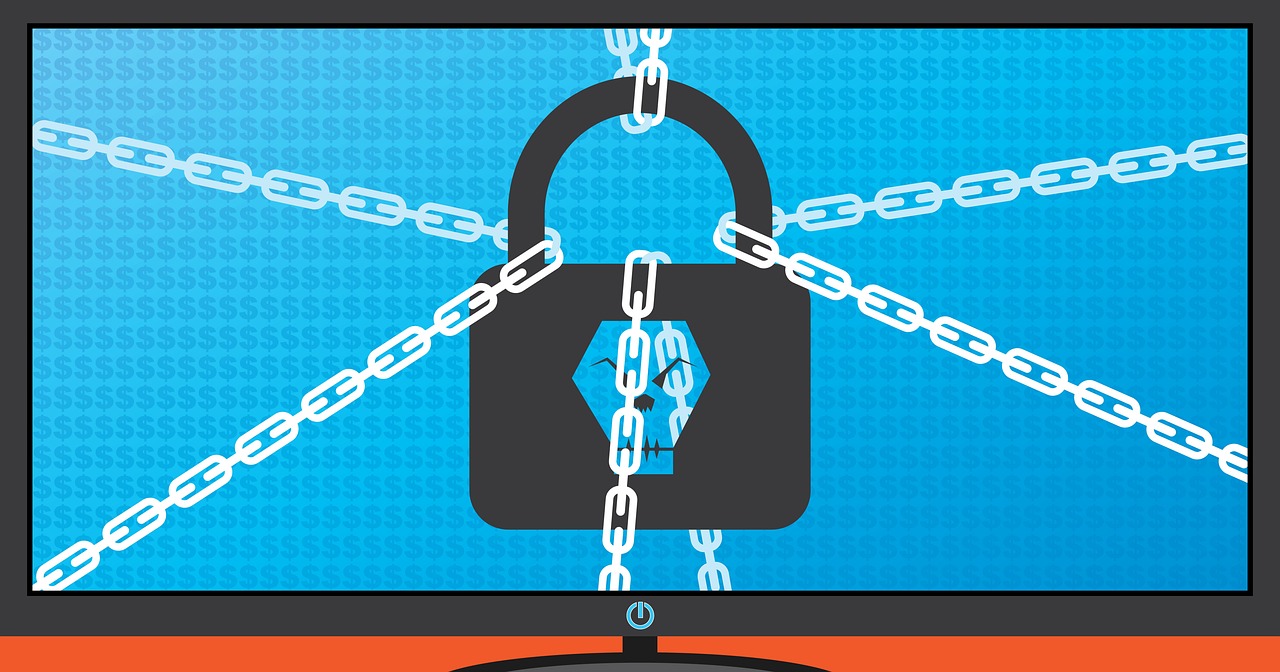
Modern ransomware attacks differ significantly from the viruses and malware of the past. These attacks are sophisticated and require organizations to treat them with the same level of seriousness as natural disasters. Criminal hackers infiltrate networks, often stealing sensitive data or encrypting critical files to demand hefty cryptocurrency payments. The average ransomware payment in Q4 2023 was $570,000, with some demands reaching up to $80 million. The overall cost of an attack, excluding the ransom, can average $4.7 million.
Phases of a Ransomware Attack
- Initial Breach: Attackers gain unauthorized access through malware, phishing, or exploiting vulnerabilities.
- Infiltration: They explore the network, stealing data and disabling security measures.
- Attack: Ransomware is deployed, halting critical operations.
- Demand: Attackers demand a ransom, often with deadlines and threats to leak data.
- Response and Recovery: Organizations must restore operations, communicate with stakeholders, and ensure systems are clean to prevent reinfection.
Essential Preventative Measures
- Inventory Management: Maintain an inventory of hardware, software, and data.
- Regular Audits: Audit your network for unknown computers and services.
- Security Configurations: Disable unnecessary internet-facing systems and services, perform regular vulnerability scans, and patch systems promptly.
- Remote Access Security: Implement MFA, password rate limits, and lockouts.
- Endpoint Security: Deploy security software to all endpoints and servers.
- Staff Training: Provide cybersecurity awareness training to staff.
- Network Segmentation and Least-Privilege Access: Subdivide networks and limit access to only what is necessary.
Incident Response Steps
- Contain the Attack: Isolate infected systems to limit damage while preserving evidence.
- Scope the Attack: Identify affected systems and prioritize critical ones for recovery.
- Communicate: Keep stakeholders, including management, PR, legal teams, and law enforcement, informed.
- Seek Assistance: Engage experts from law enforcement and cybersecurity vendors.
- Preserve Evidence: Work with experts to gather and protect evidence of the attack.
- Identify Ransomware: Determine the ransomware type to see if decryption tools are available.
- Clean Up: Identify and remove malware, backdoors, and compromised accounts.
- Rebuild Systems: Use clean backups and segregate them from infected systems.
- Update Security: Reset passwords, patch software, and enhance security measures.
- Learn and Adapt: Document lessons learned to strengthen defenses against future attacks.
Additional Resources
The Cybersecurity and Infrastructure Security Agency (CISA) provides a detailed Ransomware Guide and a Ransomware Response Checklist. The National Institute of Standards and Technology (NIST) offers a comprehensive Cybersecurity Framework to help organizations manage and reduce risk.
For more detailed case studies and insights into ransomware attacks, such as the Medusa ransomware incident or understanding reinfection risks, you can explore resources from cybersecurity teams like ThreatDown MDR.
Final Thoughts
Ransomware incidents can be highly stressful, with ongoing encryption and mounting pressure from attackers. Prioritize containment, clear communication, and seek professional help. Always remember that paying a ransom often leads to further attacks and does not guarantee data recovery. Implementing robust security measures and learning from each incident will better prepare your organization for the evolving threat landscape.


